Elecampane / Inula helenium L. / is a perennial herb with a thick, short rhizome with numerous roots. The stem is erect and furrowed, thick and slightly branched. The leaves of the elecampane are consistent, large and irregularly serrated. They are wrinkled on top, and densely fibrous on the bottom.
The cups reach 3″ (8 cm) in diameter, numerous at the top of the stem and branches. The flowers on the edges are tongue-like, the middle ones are tubular, with all of them having a golden-yellow color. The fruit pod is four-walled and brown, with long seed parachutes. It blooms in July-September.
Elecampane grows in moist grassy areas near streams and rivers. It occurs in the Danube Valley mainly, up to 3280 ft (1000 meters) above sea level. It is commonly found in the southeastern part of Europe.
For therapeutic purposes, use the roots and rhizome of elecampane in March or late autumn (October - November).
Growing elecampane
It is recommended that elecampane be grown in soils similar to those in its natural environment. A necessary condition for the successful cultivation of the plant is providing adequate soil moisture, because it prefers wetlands along rivers and streams.
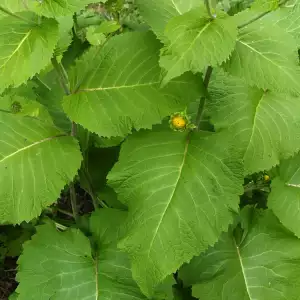
Elecampane is propagated by planting pre-prepared seedlings, mostly because they should not be collected from their natural growing places (it is an endangered species). It is for this same reason that their seeds may not be collected.
The plant starts flowering in its second year, while only forming leaves in the first. Elecampane is best dried in a thin layer in a ventilated area, but stored separately from other herbs because it transmits its smell to them.
Composition of elecampane
The composition of elecampane contains about 45% inulin, essential oils, sequiterpene lactones (isoalantolactone and alantolactone), triterpenes (fridelin, damaradienol).
Selection and storage of elecampane
Elecampane can be purchased at pharmacies, herbal and other specialty shops in dried form. Most often it is sold in packages of 2 oz (50 grams).
Benefits of elecampane
The essential oil contained in elecampane in amounts up to 3% largely determines its therapeutic anti-inflammatory action. The pharmaco-therapeutic activity of the drug on large farm animals is well studied.
It is proven that elecampane has pronounced anti-diarrheal properties for those suffering from enterocolitis. The good anti-inflammatory action in elecampane is an expression of its essential oil content. The effect of the herb on the thromboplastic function of the blood and during times of bleeding has also been studied.
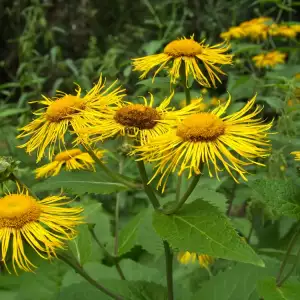
Elecampane is used for the treatment of obstructive diseases of the lung, where its good anti-inflammatory action is coupled with an expectorant secretolytic activity.
The herb acts as a secretolytic agent and an antitussive in chronic and acute bronchitis, severe coughs and bronchial asthma. The essential oil of elecampane energizes digestion, improves appetite, reduces gastric acid secretion and simultaneously acts as a cholagogue. The herb regulates irregular and painful menstruation. It acts as a diuretic.
Elecampane also has superb anthelmintic properties. The alantolactone in elecampane is characterized by excellent anthelmintic action and, according to some estimates, it has a 23 times more potent anthelmintic activity than the classically applied santonin. Other studies show that elecampane also has great vasoconstriction.
Traditional medicine with elecampane
Folk medicine recommends applying elecampane in the form of a wine for debilitated persons suffering from illness for an extended period of time. It is an effective means for strengthening the body and improving appetite.
For the preparation of the wine, the finely crushed root of elecampane is mixed with olive oil in a ratio of 1:10. The herbal wine is used successfully against urticarial eruptions of the skin, and also for scabies.
Decoction of the roots of elecampane is used against irritating coughs, asthma, bronchitis, problems in the upper respiratory tract or as a digestive aid.
Decoction of the flowers of the herb is used in nausea, coughs with copious amounts of phlegm, vomiting. When combined with licorice, it alleviates bloating, gas, excessive mucus.
Washes with a decoction of elecampane or diluted tincture are applied to facial and other neuralgia, facial spots and pimples, itching and hemorrhoids, joint pain areas and itchy rashes, scabies, sciatica, and rotting wounds, rashes and varicose ulcers.
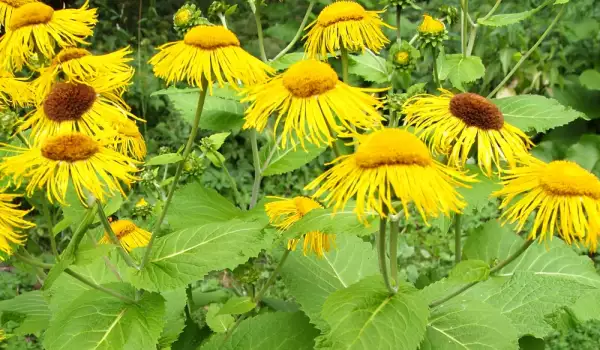
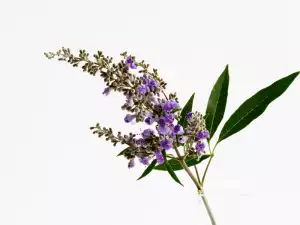

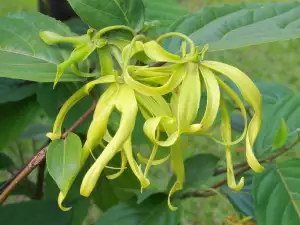

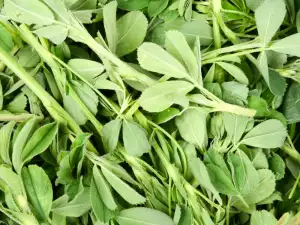
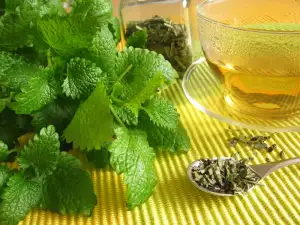
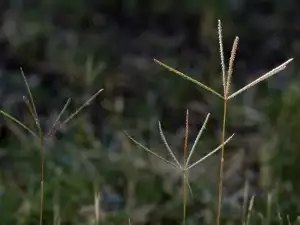
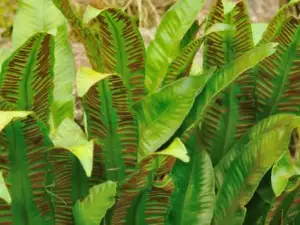
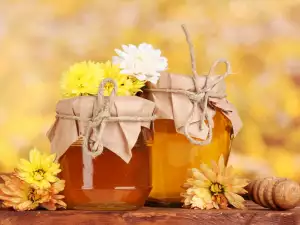

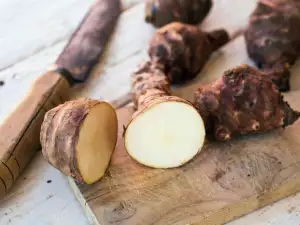

Comments